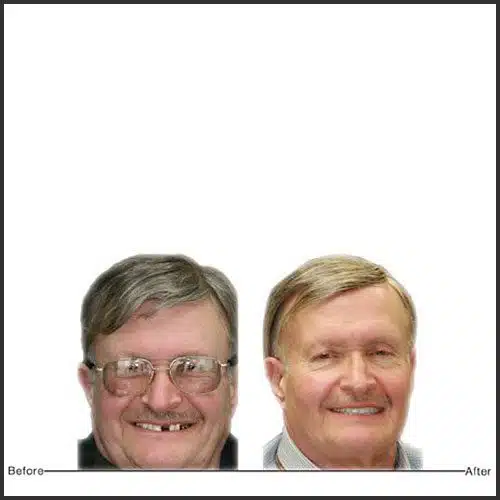To provide consistent high quality restorations, whether for single crowns or full mouth reconstructions, attention to detail is essential from treatment planning to prosthesis delivery. We all know the critical marks of excellence. The oral examination must be thorough and include cancer screening. A written treatment plan is the ideal roadmap for sequencing the indicated treatment. The tooth is prepared allowing sufficient room for the thickness of the restoring material and with particular consideration to the health of the soft tissue response following delivery. Proper height of contour, emergence profile and correct interproximal contours are all details that impact quality care.
The Importance Of Attention To Detail
Once the tooth preparation is finalized, other important steps also require attention to detail. Retraction of gingival tissues is key. Consideration must be given as to whether the tissue is thick or thin and friable. When a retraction cord is used, size and the exertion of pressure placing the cord are both critical. Fibrous connections must never be compromised.
 The Final Impression | A Detail of Utmost Importance
The Final Impression | A Detail of Utmost Importance
The dental laboratory can only provide the natural looking, perfect crown we are expecting if we provide them with the most exact impression possible. Each practitioner has his or her own techniques, usually based on vast experience, for achieving the ideal impression, but what is often overlooked in this equation is the quality of the impression material being used. This is where attention to detail points to accuracy and provides for a more predictable result.
ENTER EXA’lence | An impression material that is clearly “new”
Developed by GC America, EXA’lence combines vinyl and polymer to produce a totally new impression material set apart from all of the others. It is intrinsically hydrophilic without surfactants for wet-ability. It has a high tear strength that allows for easy removal from the mouth and multiple accurate pours for stone casts. In addition, its chemistry minimizes bubbles and voids, resulting in very clean and sharp impressions. The following complete implant prosthodontic rehabilitation was achieved with EXA’lence impression material.
Attention to detail is the hallmark of good dentistry and should be essential in every phase of treatment. We as dentists have autonomous control of our implant placement, our crown preparations, proper vertical dimension and articulation. What we need is to place more importance upon our choices of dental materials.
Dentists who are currently using EXA’lence report that it is both pleasant to use and consistently accurate, allowing for sulcular moisture control and very exacting subgingival and marginal detail. Lab technicians’ report that it both pours easily, allows for second pours if needed, and provides well-defined impressions. In a recent Catapult Evaluation, 81% of the evaluators said they would integrate EXA’lence into their practice. For further information on EXA’lence, please go to gcamerica.com or call 215-646-6334.
The Importance Of Attention To Oral Screening
With the National Cancer Institute estimating approximately 36 thousand new cases of oral cancer for 2010 and the likelihood that close to 8 thousand will result in death, our responsibilities as dentists significantly increase. Identifying lesions early is the key to preventing fatalities. Oral cancers that present at an advanced stage have a higher death rate than breast cancer, prostate cancer, melanoma or lymphoma.
It is important that the dental profession take seriously our responsibility to identify lesions in the mouth quickly and to educate the patient thoroughly in treatment protocol. We recently presented a case study in which an older Caucasian female received maxillary and mandibular implant-supported prostheses (1992) and subsequent meticulous follow-up had no indications of any soft tissue abnormality. In 2008, the patient presented with a “rough area” on the tongue. A 5×7 mm fibroma-like elevated lesion was noted and attributed to mechanical trauma. Surface adjustments were made and the patient was advised to return for a follow-up appointment in two weeks.
This patient did not return for further evaluation but moved out of state. We requested that she immediately consult a specialist in her new location. Follow-up was then lost.
In 2010, the patient returned to Pi complaining of a sore on her tongue. She had not followed our advice and had not been seen by any dental specialist since her 2008 visit. Examination of the patient revealed an ulcerated mass on the right lateral border of the tongue, which extended onto the ventral and dorsal surfaces. The lesion was hard and irregular. A regional cancer center confirmed squamous cell carcinoma. The patient declined further care and expired a few weeks later.
Cases such as this indicate the importance of regular oral screenings for cancer and meticulous follow-up when suspicious lesions are found. It is equally essential that time be taken to carefully explain to the patient that oral cancer is curable when found early and treated accordingly. Similarly, we must also indicate the seriousness of leaving such findings untreated or approaching them holistically.



Leave a Reply